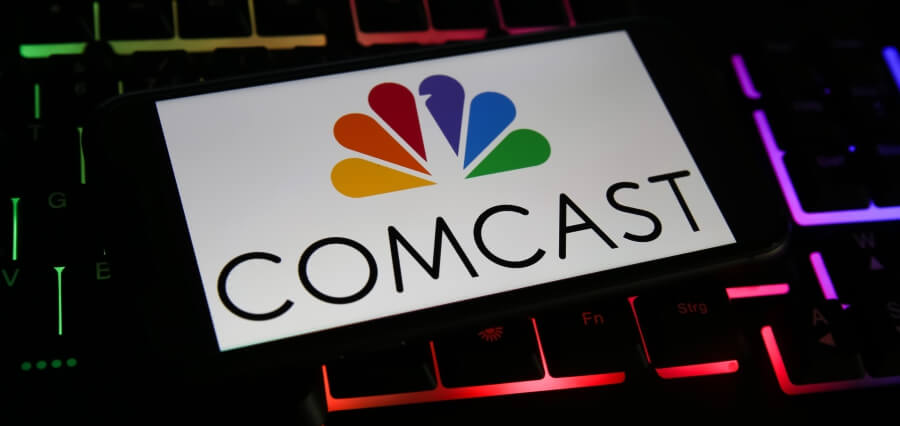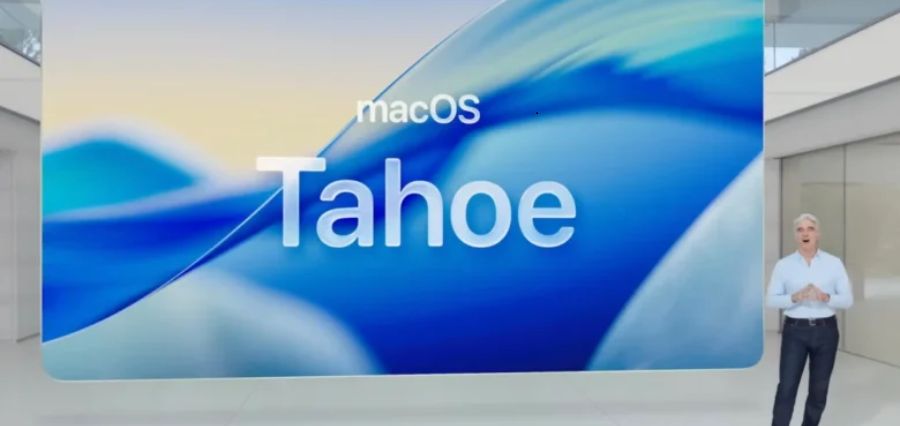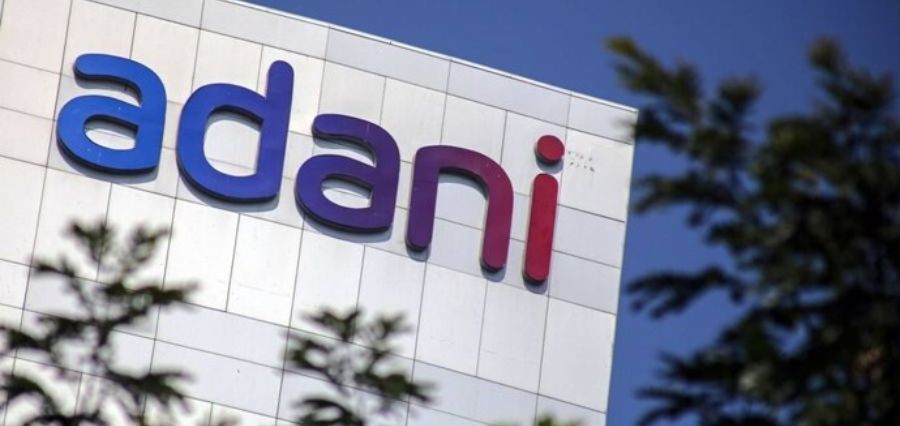Prime Highlights:
Comcast has over 7.8 million mobile lines, representing 12% of its broadband customer base, signaling significant potential for future mobile growth.
Comcast plans to simplify its service bundles, integrating mobile with broadband, similar to recent moves by Charter Communications to enhance its offerings.
Key Background:
Comcast is refocusing its strategy towards expanding its mobile business after reporting a significant loss in broadband subscribers during the fourth quarter of 2024. The company saw a net loss of 139,000 residential broadband customers, a figure that exceeded Wall Street’s expectations and marked a continued slowdown in broadband customer growth. Although broadband revenue remains steady, the cable giant is grappling with heightened competition from wireless providers, such as Verizon and T-Mobile, which have increasingly offered home broadband alternatives. This competitive pressure, coupled with a broader market slowdown in broadband sign-ups, has prompted Comcast to pivot its growth strategy.
During an earnings call, Comcast executives revealed that the company would prioritize its mobile business by packaging it with broadband services to attract new customers and reduce churn. This shift comes as Comcast, like other cable companies, faces intensified competition from fixed wireless and fiber-optic internet providers, who have been steadily gaining market share. The rise of 5G technology and satellite broadband options has further strained Comcast’s broadband business, with fixed wireless being seen as a long-term player in the market.
While broadband remains a significant segment of Comcast’s business, executives acknowledged that wireless, especially mobile, presents a substantial growth opportunity. Comcast currently has over 7.8 million mobile lines, representing a 12% penetration of its broadband customer base. Comcast views its mobile business as integral to its overall broadband strategy, offering bundled services that combine broadband and mobile to enhance customer retention and satisfaction.
The company has been expanding its mobile presence since the launch of Xfinity Mobile in 2017, using Verizon’s wireless network in combination with its own broadband infrastructure. Comcast’s shift toward mobile is designed to reduce customer churn and drive long-term revenue growth, in a market where broadband subscriber growth is increasingly difficult to sustain.
Read Also: Core Inflation Remains Elevated at 2.8% Aligning with Expectations Despite Fed’s Efforts
















